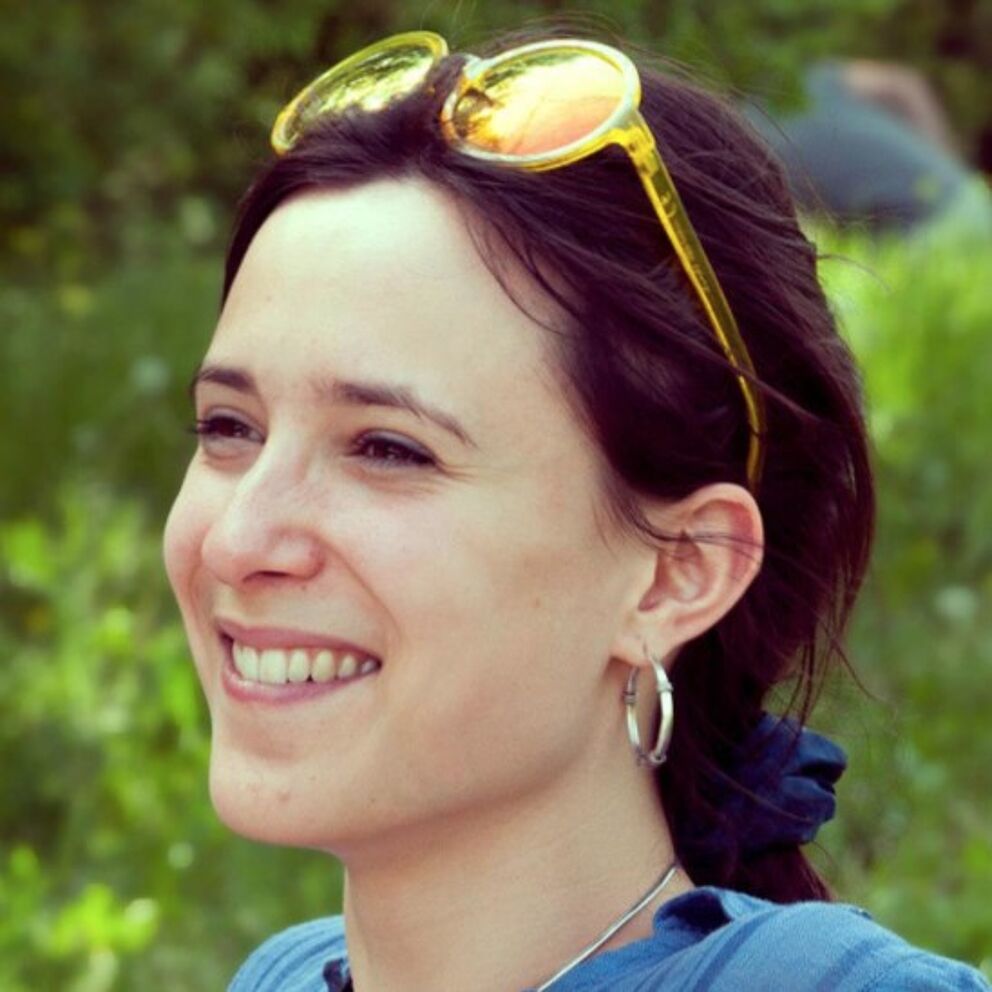5 questions to Maja Colautti

What is your academic background?
I received a master degree in Physics at the University of Padua in 2016 and Discussed a PhD thesis on organic quantum emitters and hybrid integration strategies into nanophotonic structures in 2020 at the European Laboratory for Non-Linear Spectroscopy. Since then, I study how to control with light single organic molecules which are able to emit one photon at a time. I explore hybrid techniques to integrate them into nanophotonic structures in order to manipulate their single-photon emission for quantum technologies applications. In parallel to my research activities, in 2021 I also specialized on technology transfer at the Technical University of Denmark in Copenhagen, where I worked on diverse research projects in photonics and quantum photonics to develop dissemination and exploitation strategies to translate scientific results into concrete solutions for impactful applications. Currently, I am a fixed term researcher at the National Institute of Optics, in Florence.
How and when did you get interested in quantum physics?
Actually, it happened at the last year of high school when as a composition for the diploma exam I presented the many-worlds interpretation of quantum mechanics by Hugh Everett. In that occasion I realized that quantum physics, with its non intuitive laws and postulates, was what I felt most close to adventure, to the excitement of the possibility of new discoveries and understandings.
What are you working on in Stormytune?
I have been working on the application of a semi-parametric method for the analysis of the spectral profile arising from two-photon interference between the emission of two distinct single-photon emitters. This analysis, differently from standard fitting routines, can allow for a fast and effective extrapolation of the frequency detuning between the emitters without the need for independent characterization measurements, opening the way towards robust on-line monitoring of quantum emitters.
Currently, I am working on the material side to optimize the fabrication of suitable molecular sources for the exploration of alternative and effective pumping schemes also for the tailoring of time-frequency modes generated by single molecule emitters. Indeed, one of the limitations to the implementation, for example, of resonant fluorescence in a cross-polarization configuration, is the birefringence of the host matrix embedding the molecular emitters, which scrambles the polarization state of the emitted single-photons. This is why an optimization of the fabrication of the host-guest system is fundamental.
What do you think will be the most exciting thing to come out of Stormytune?
The tailoring of new quantum states of lights, as the time-frequency modes we are trying to generate using molecular quantum emitters, is by itself exciting, since would be a step forward in the manipulation of our quantum emitter, towards the realization of quantum-based devices for quantum metrology. In general, this research is a further occasion to gain a deeper understanding of light-matter interaction at the quantum level, and, while exploring and seeking for results and encountering challenges, it might also open unexpected doors towards new physical observations which could also inspire new future projects.
What are your future career perspectives?
In Italy future career perspectives are not so easy to foresee! However, I would definitely like to continue to work in research, while dedicating some time to outreach activities and, possibly, to technology transfer if exciting occasions of applications come out. I really enjoy the research we are pursuing in Florence and I plan to continue my activities here, while, in parallel, keeping my external collaborations and developing new ones. I will of course do my best to obtain a position as a permanent researcher, which in Italy is key to be able to sign research projects and carry on an independent research.
